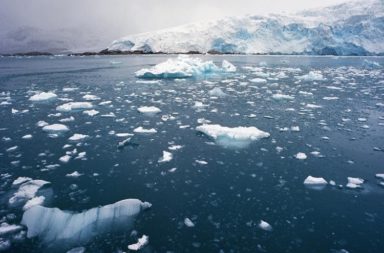Water shortages are actually affecting extra than 3 billion people all over the world, as the quantity of recent water accessible for every individual has plunged by a fifth over twenty years, data has shown. A report titled ‘The State of Food and Agriculture 2020:Overcoming water challenges in agriculture’ by the Food and Agriculture Organization of the United Nations published shows fresh water available for each person has plunged by a fifth over two decades. About 1.5 billion people are struggling with extreme water shortage and even drought, as a mix of local weather breakdown, rising demand and poor administration has made agriculture more and more troublesome throughout swathes of the globe.
The UN warned on Thursday that billions of people would face hunger and widespread chronic food shortages as a result of failures to conserve water resources and to tackle the climate crisis. Qu Dongyu, director-general of the UN’s Food and Agriculture Organization (FAO), said: “We must take very seriously both water scarcity (the imbalance between supply and demand for freshwater resources) and water shortages (reflected in inadequate rainfall patterns) for they are now the reality we all live with … Water shortages and scarcity in agriculture must be addressed immediately and boldly.” He said that the UN’s sustainable development goals, which include wiping out hunger and improving access to clean water, were still within reach but that much more needed to be done to improve farming practices around the world and to manage resources equitably.
The association’s State of Food and Agriculture 2020 report found that 50 million individuals in sub-Saharan Africa live in territories where serious dry season effects affect cropland and pastureland once at regular intervals. In excess of a tenth of the world’s rainfed cropland is liable to visit a dry spell, as is about 14% of the world’s pastureland. Rainfed agribusiness speaks to 60% of worldwide harvest creation, and 80% of land under development, with the rest profiting by the water system. Notwithstanding, the water system is no panacea: over 60% of inundated cropland around the globe is profoundly water pushed. The water system of some unacceptable kind can squander water, exhausting non-inexhaustible assets, for example, underground springs, and helpless administration can bring about certain ranchers missing out on water assets – for example, on account of downstream homesteads, if streams and streams are shown dry to an upstream water system.
The report found that small-scale and farmer-led irrigation systems are often more efficient than large-scale projects. For example, large state-funded schemes in Asia rely on tapping into groundwater, putting pressure on the resource. However, small-scale farmers face difficulties, like a lack of secure water rights and limited access to finance and credit.





